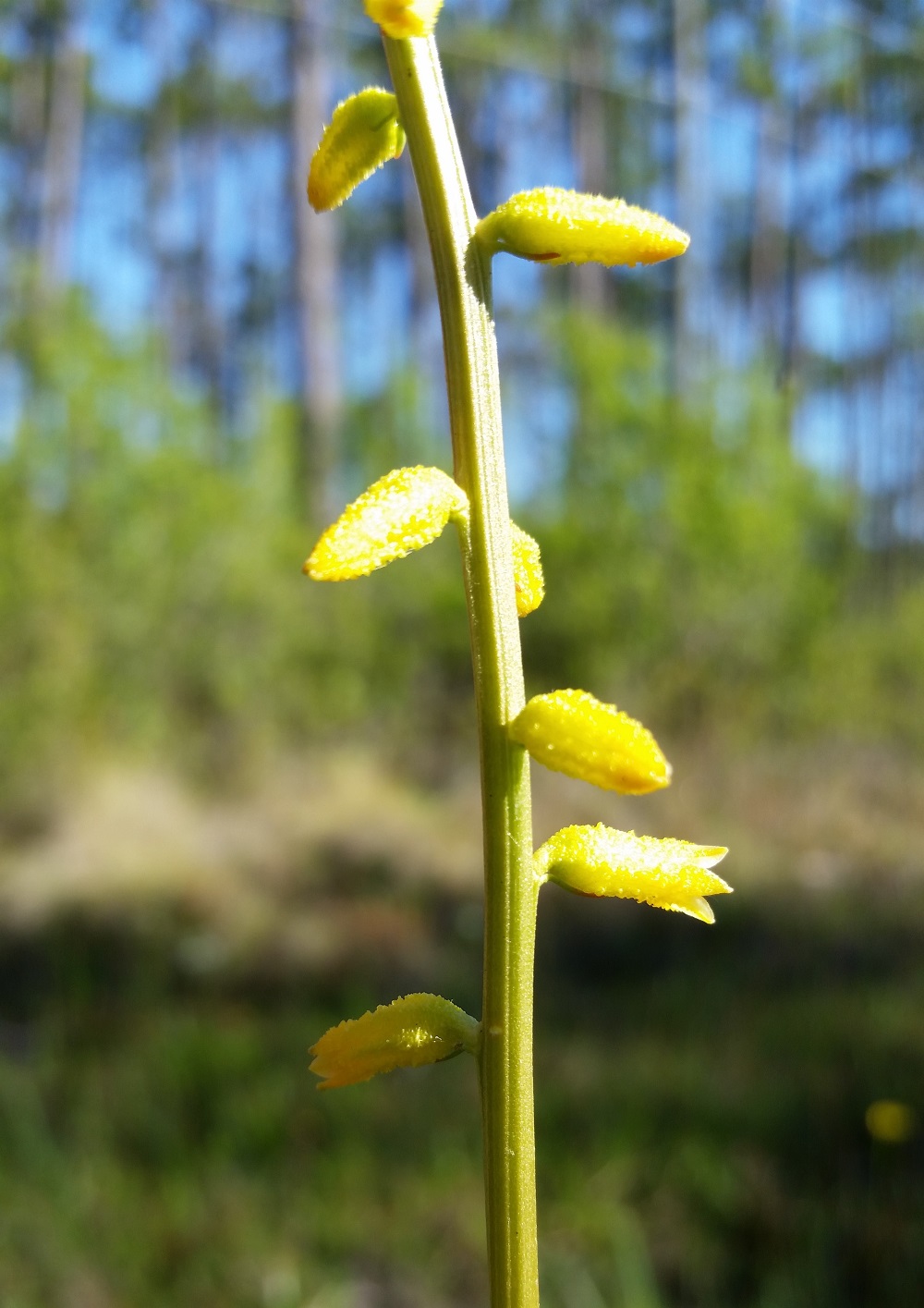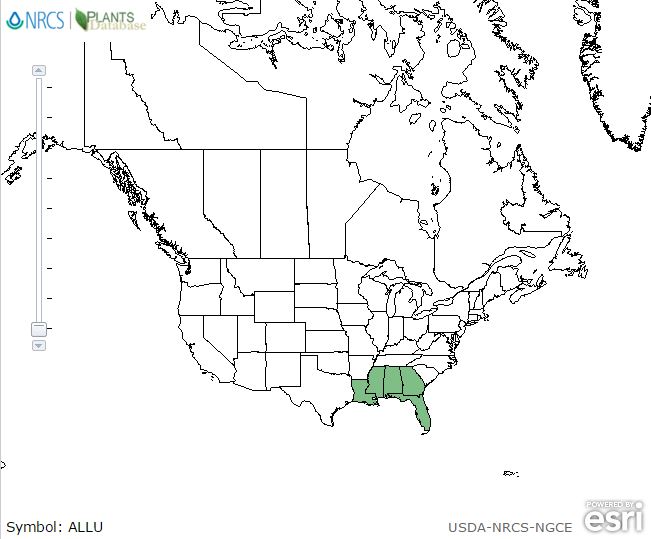Difference between revisions of "Aletris lutea"
Krobertson (talk | contribs) (→Ecology) |
|||
| Line 28: | Line 28: | ||
==Ecology== | ==Ecology== | ||
| − | ===Habitat=== | + | <!--===Habitat===--> |
| − | ===Phenology=== | + | <!--===Phenology===--> |
| − | ===Seed dispersal=== | + | <!--===Seed dispersal===--> |
| − | ===Fire ecology=== | + | <!--===Fire ecology===--> |
<!--===Pollination===--> | <!--===Pollination===--> | ||
| − | <!--===Use by animals=== | + | <!--===Use by animals===--> |
<!--===Diseases and parasites===--> | <!--===Diseases and parasites===--> | ||
Revision as of 12:29, 26 April 2016
| Aletris lutea | |
|---|---|

| |
| Photo taken by Katelin Stanley | |
| Scientific classification | |
| Kingdom: | Plantae |
| Division: | Tracheophyta - Vascular plants |
| Class: | Magnoliopsida– Monocotyledons |
| Order: | Dioscoreales |
| Family: | Nartheciaceae |
| Genus: | Aletris |
| Species: | A. lutea |
| Binomial name | |
| Aletris lutea Small | |

| |
| Natural range of Aletris lutea from USDA NRCS Plants Database. | |
Common names: Yellow Colicroot
Contents
Taxonomic notes
The genus name Aletris comes for the Greek word for a female slave who ground corn, this is in reference to the perianth shaped like a corn kernel.[1].
Description
A description of Aletris lutea is provided in The Flora of North America.